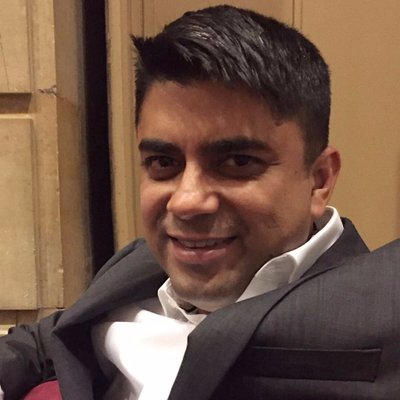
Uwe Reinhardt, Princeton economist and one of the best known and best loved personalities in the health policy world died today. I join the rest of the health policy community in mourning the passing of the master explainer and wit that Uwe was.
But I also remember a small act of his kindness. The first time I met him I was a little late joining a crowd trying to get his attention after a keynote. He had talked to many, and had to go. But as he was being hustled off by his handlers, he realized he hadn’t talked to me, and he walked back to do an introduction and share a few words. He was already the biggest celebrity in our little world, and he was clearly running late for his next appointment. He didn’t know me, yet was prepared to spend the extra moment to make me feel included. And in all our future interactions over the next 2 decades, he was the same way.
It’s clear that it was the same for everyone he knew and it’s why the grief and shock in our community is so heartfelt.
John & I are very proud that in recent years Uwe offered to write some original pieces for our little blog, and we will be running a few of them in the next few days.
RIP and thank you Uwe, and we send our condolences to his wife Mae and their daughter and son–Matthew Holt

 Clayton Christensen
Clayton Christensen A strange thing happened last year in some the nation’s most established hospitals and health systems. Hundreds of millions of dollars in income suddenly disappeared.
A strange thing happened last year in some the nation’s most established hospitals and health systems. Hundreds of millions of dollars in income suddenly disappeared.









